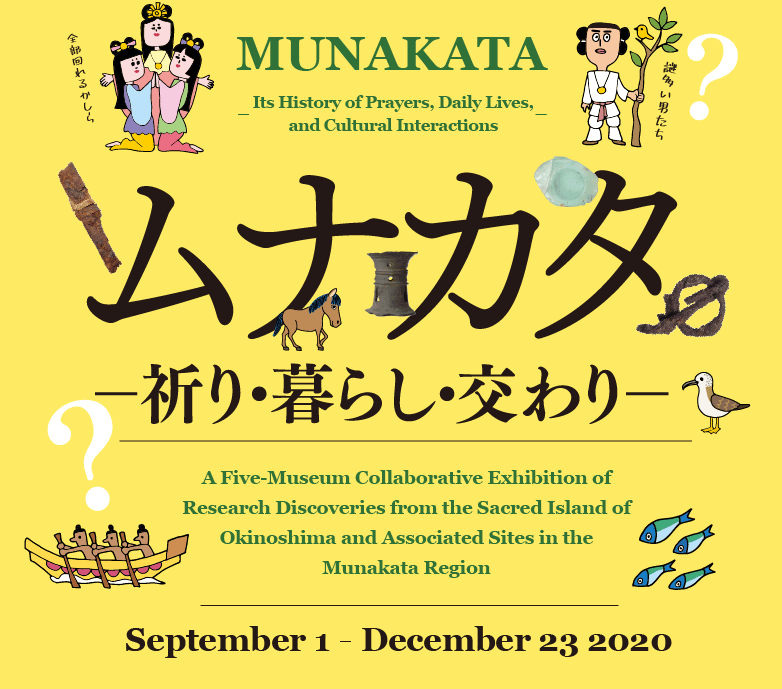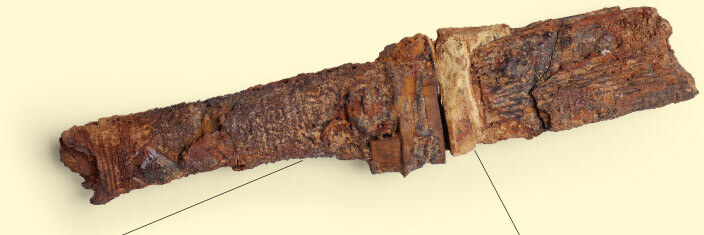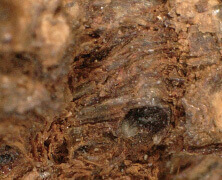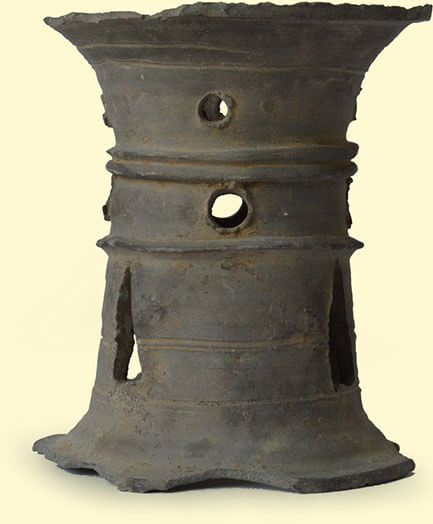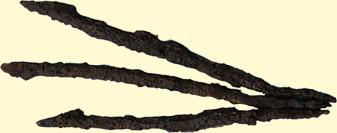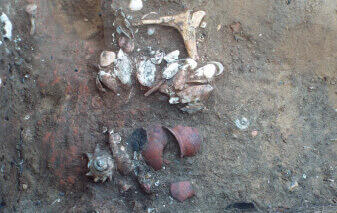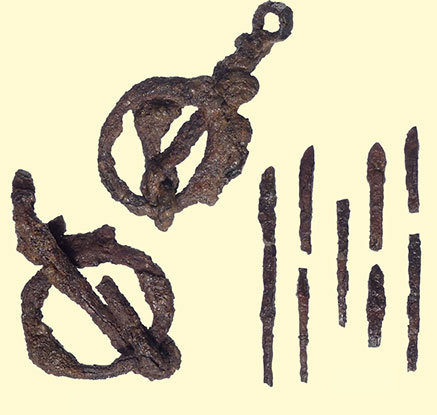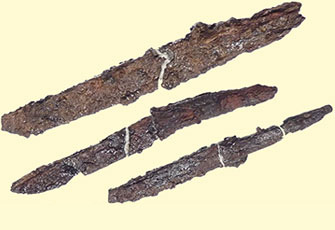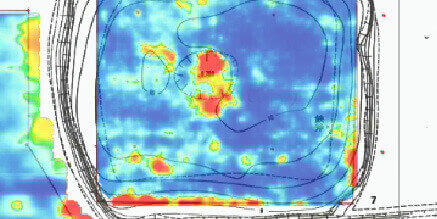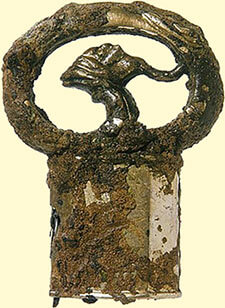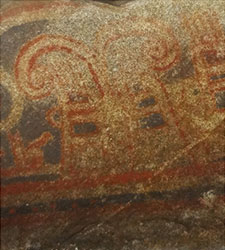- Shimpo-kan Museum of Munakata Taisha
-
Special Exhibition
The Beautiful Treasure to Gods
September 19 - November 23
Treasures That Pursued Sacred Beauty
This exhibition features stunning dedication articles offered at state rituals on the Okinoshima island. By viewing the solemn beauty and craftsmanship exhibited in this collection of some 80,000 items, you can experience the aesthetic sense and religious piety of the ancients. The exhibition will also showcase the results of research on the chemical composition of the glittering glass products excavated from Okinoshima; x-ray fluorescence was used to reveal their raw materials and manufacturing methods.
This study verified that the excavated shards of a cut-glass bowls were made by the Sasanian Empire in Persia, and revealed that the green, faceted, glass beads have a chemical composition similar to that of Sasanian glass. An analysis of the small glass beads further revealed that they were originally produced in different parts of the Eurasian continent, and later dedicated at rituals on Okinoshima.
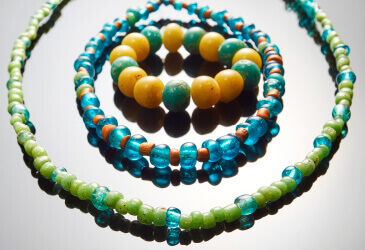
Glass Beads
-
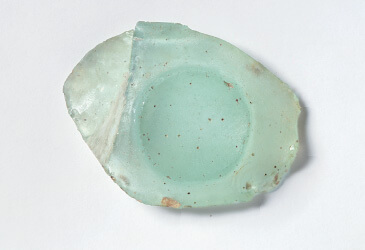
Shards of a cut-glass bowl
Shimpo-kan Museum, Munakata Taisha
2331 Tashima, Munakata City, Fukuoka Prefecture
https://www.munakata-taisha.or.jp/
